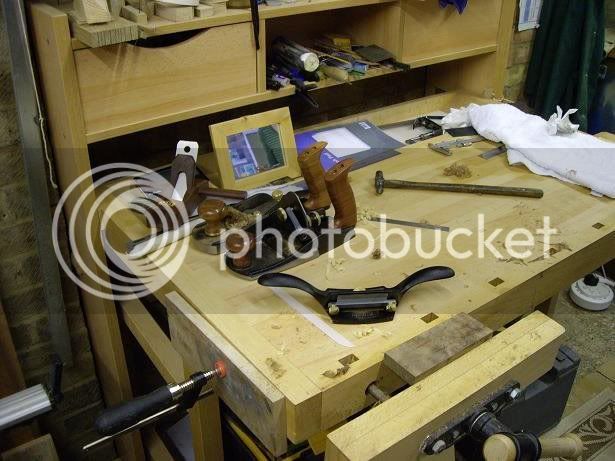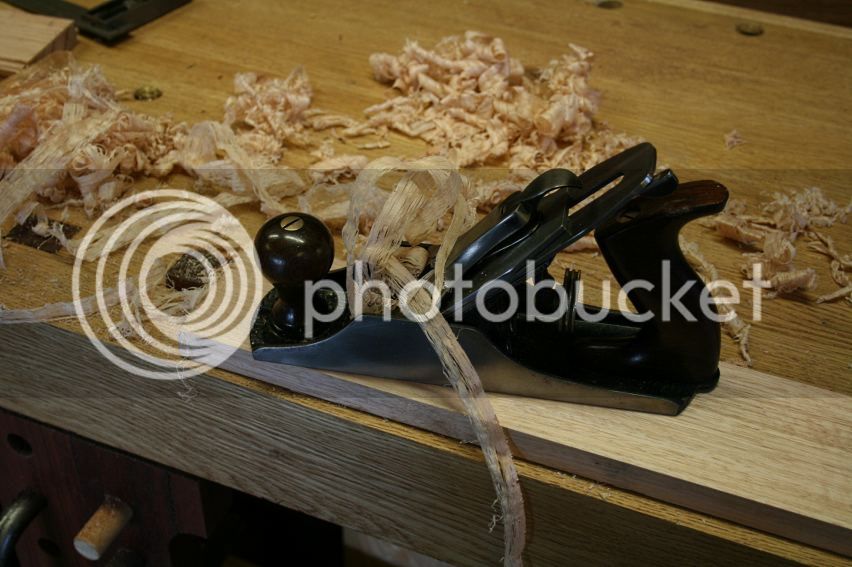Corneel
Established Member
Yes 0.1mm is really pushing it. Their conclusion at the end was, with a steeper edge on the capiron you can get away with 0.3mm.

Jeff Gorman":1jk6nzbw said:Corneel write:
>Yes 0.1mm is really pushing it. Their conclusion at the end was, with a steeper edge on the capiron you can get away with 0.3mm.<
If my trig is correct, this means that we can get a set of 0.21 mm before the face of the CI protrudes.
This ought to allow a set of 8.3thou - A shaving this thick will take some pushing.
Jeff
[email protected]




Jacob":bubc72tw said:maybe time to ebay my one posh plane.
Anyone care to hazard a set up for the Wood from Hell? :-" :mrgreen: :lol: - RobPaul Chapman":3qr3y27m said:Jacob":3qr3y27m said:maybe time to ebay my one posh plane.
I'd hang on to it if I were you, Jacob. What's clear from this thread (and one's own experience) is that different woods require different set-ups, so having various planes set up for different situations is helpful (and a great time saver).
Cheers :wink:
Paul
woodbloke":5yhiwqvd said:Anyone care to hazard a set up for the Wood from Hell? :-" :mrgreen: :lol:


ROSwoodbloke":3kkar81p said:Anyone care to hazard a set up for the Wood from Hell? :-" :mrgreen: :lol: - RobPaul Chapman":3kkar81p said:Jacob":3kkar81p said:maybe time to ebay my one posh plane.
I'd hang on to it if I were you, Jacob. What's clear from this thread (and one's own experience) is that different woods require different set-ups, so having various planes set up for different situations is helpful (and a great time saver).
Cheers :wink:
Paul
David C":34dc8qyl said:Could do with a small piece to try the ultra close capiron......
best wishes,
David















